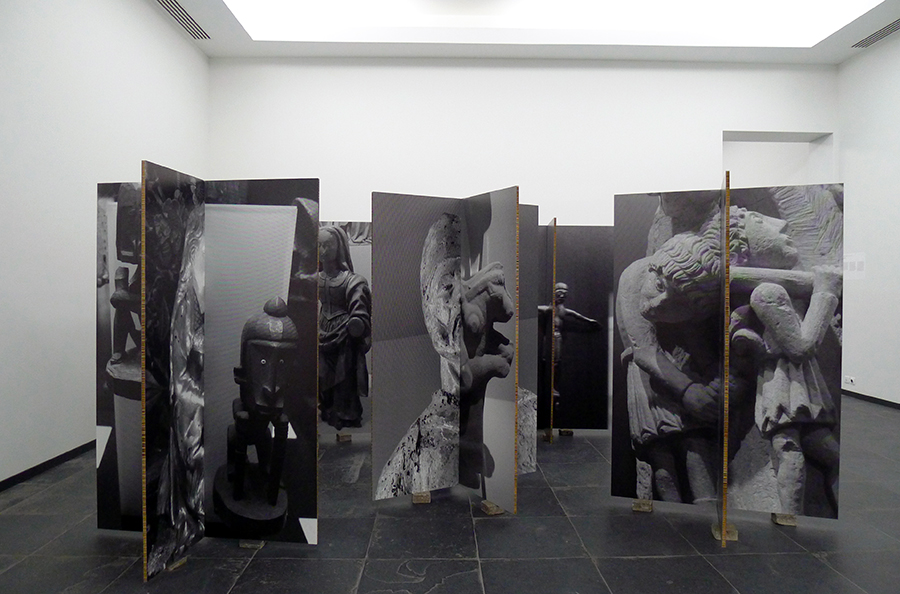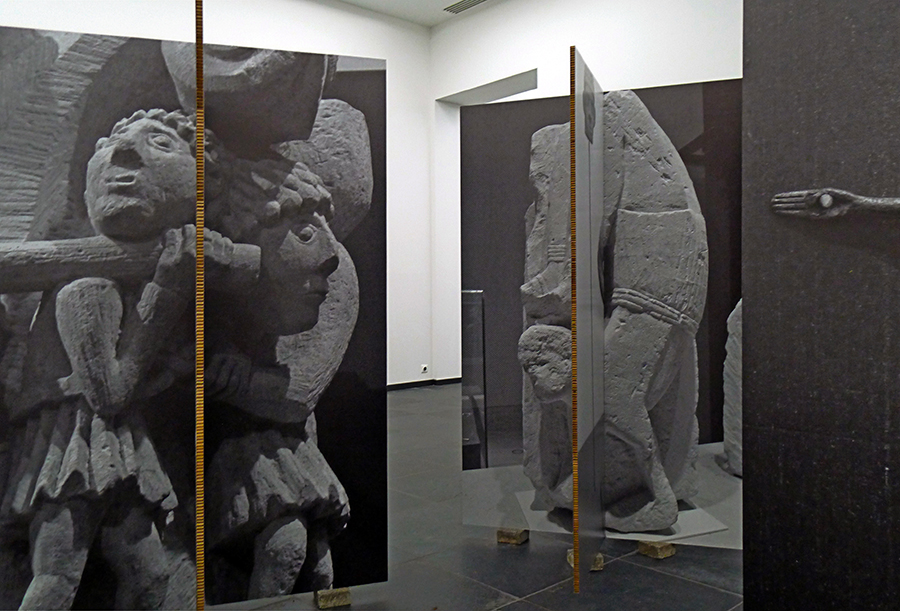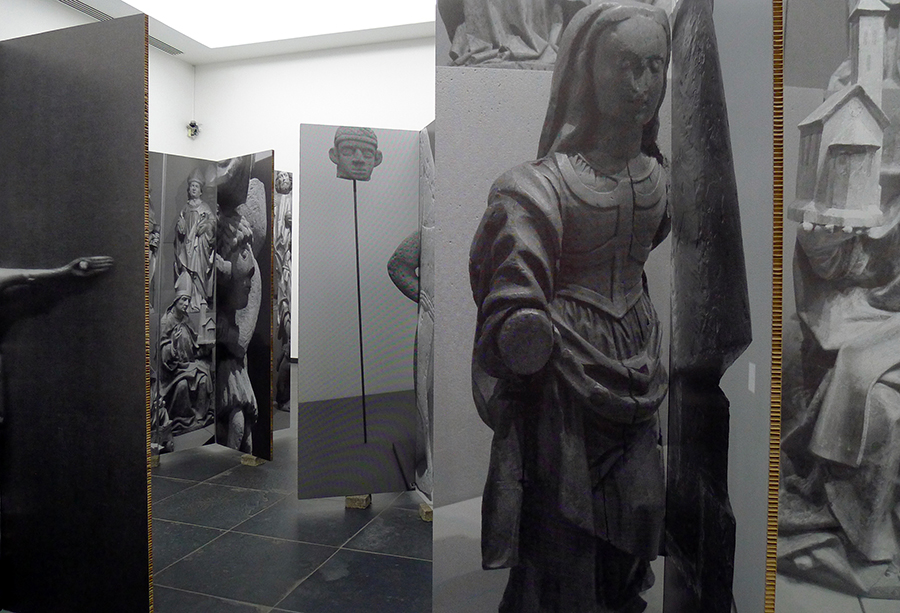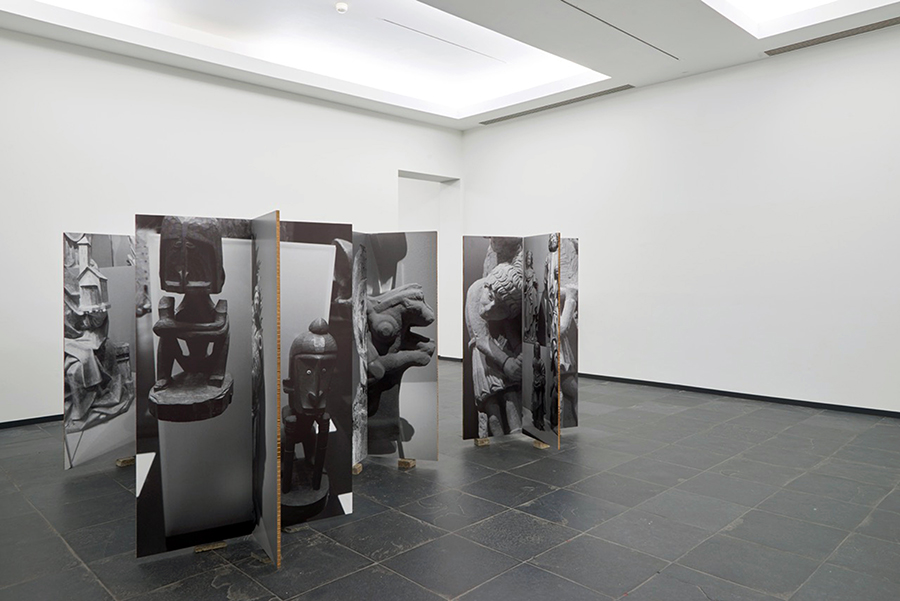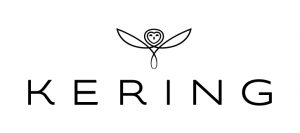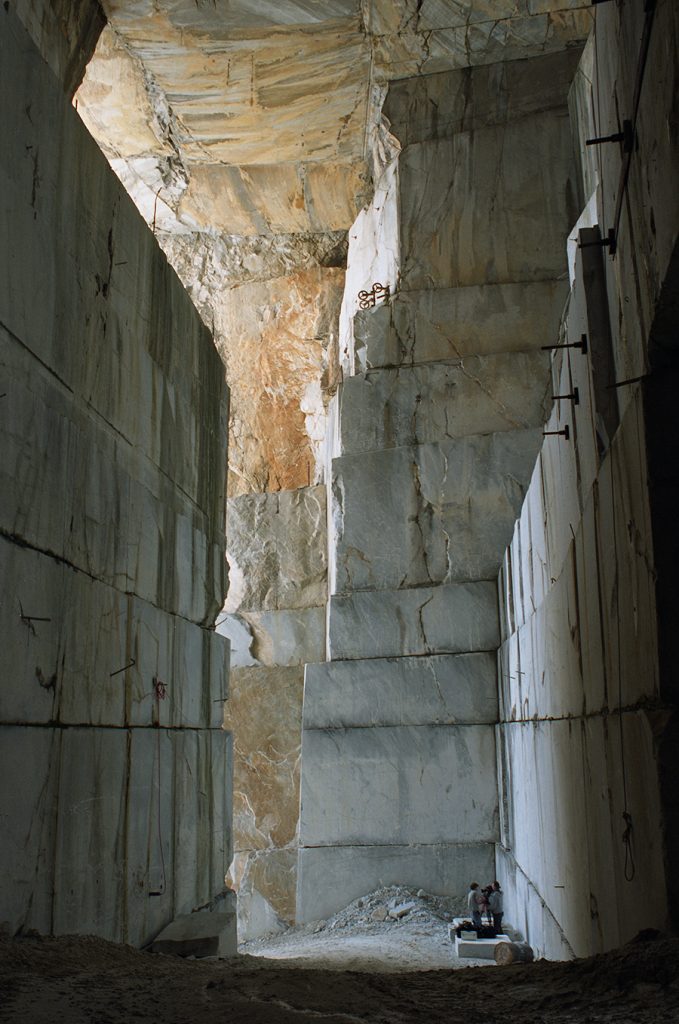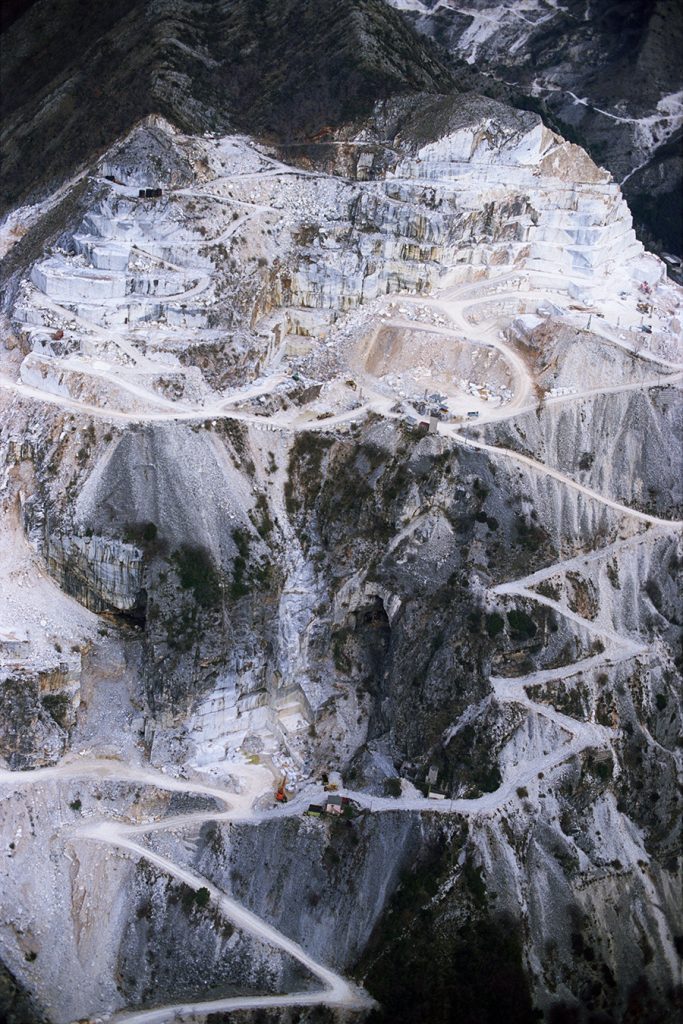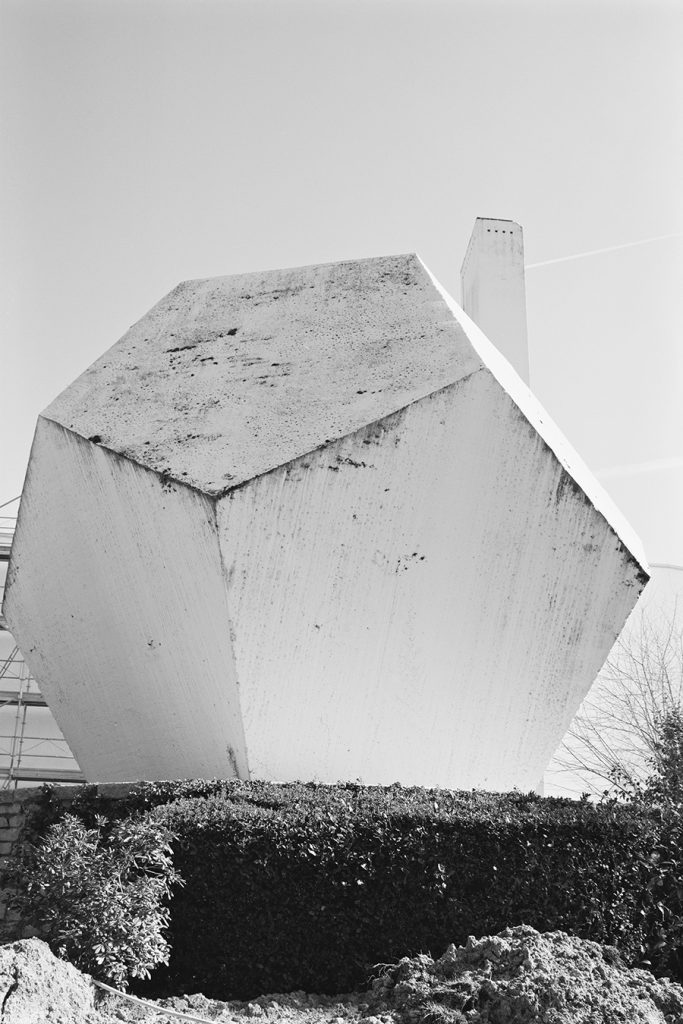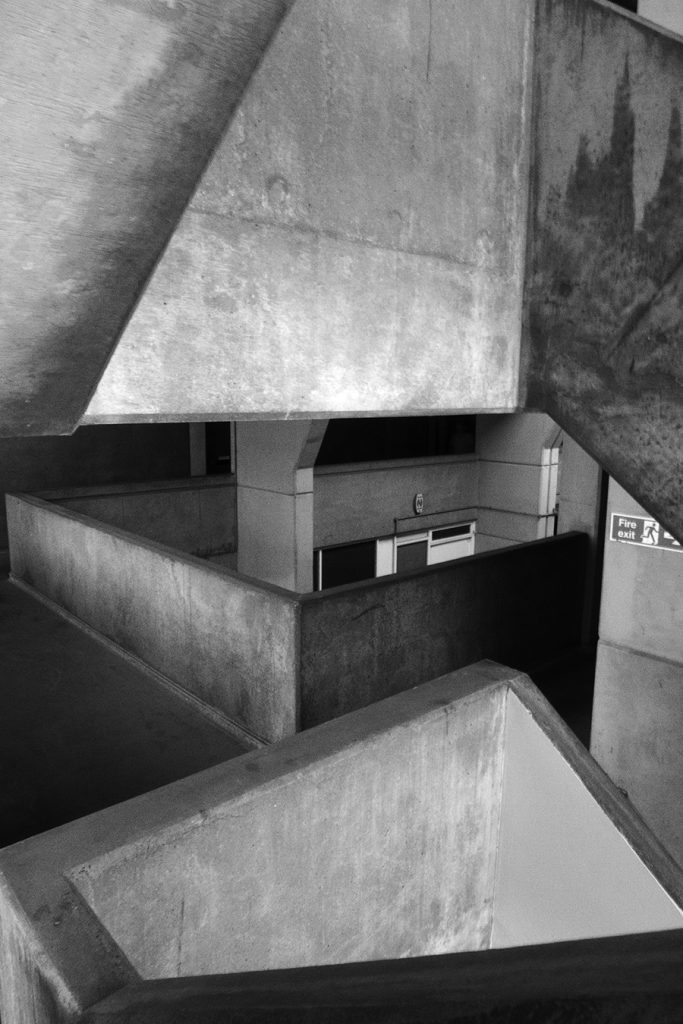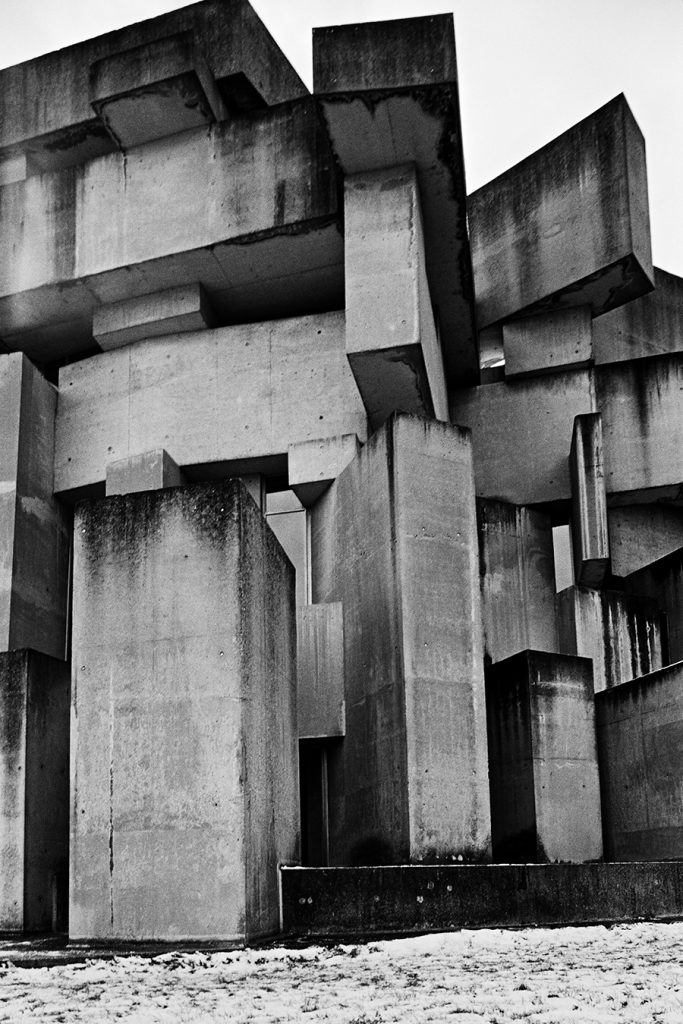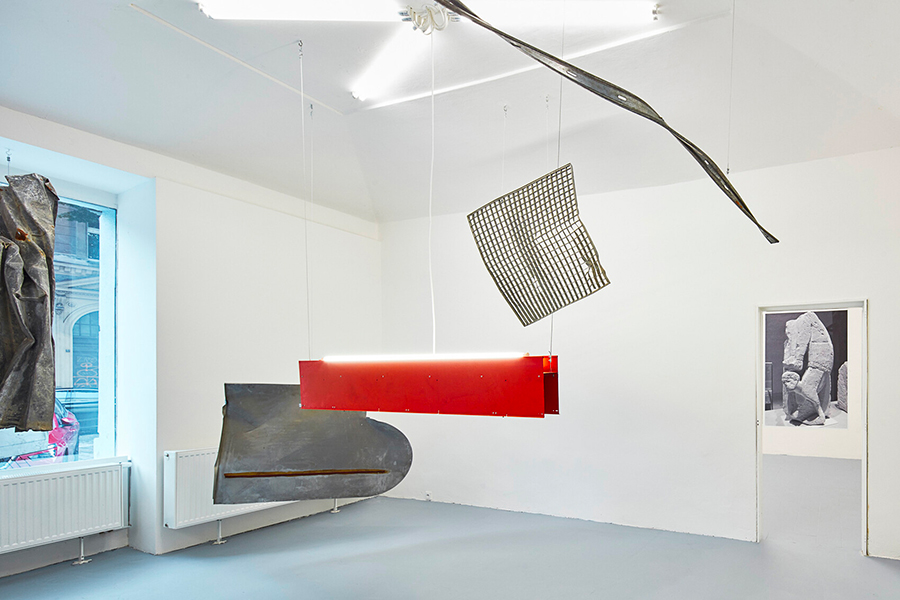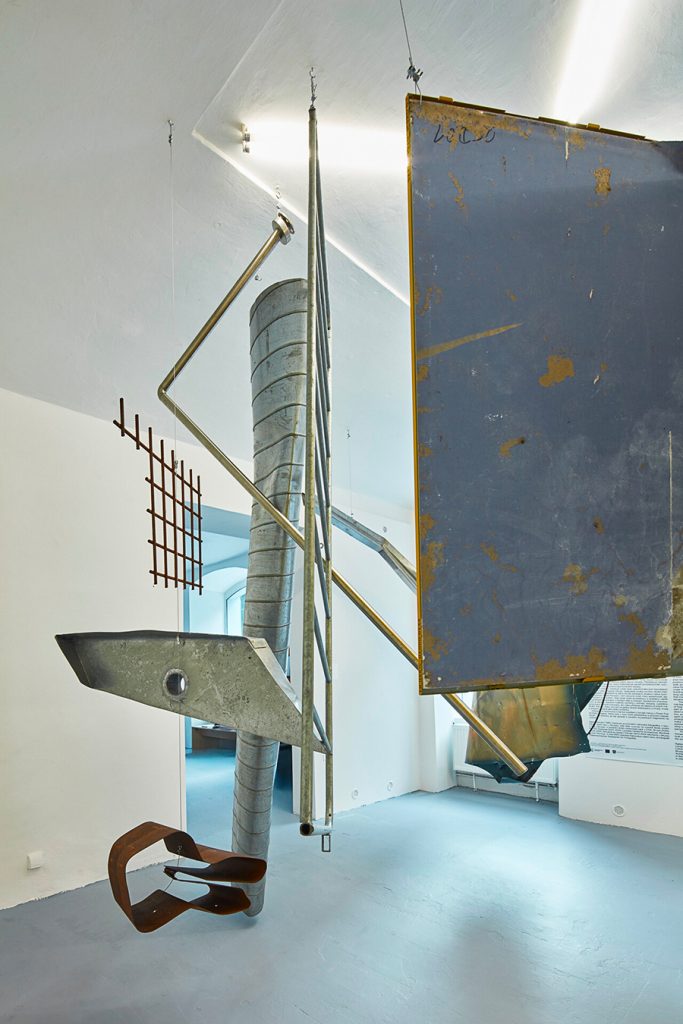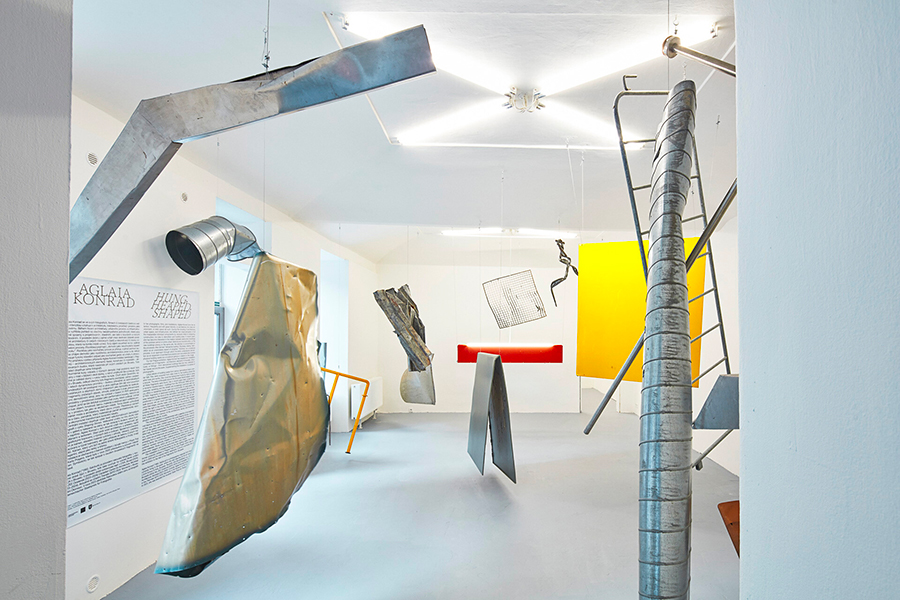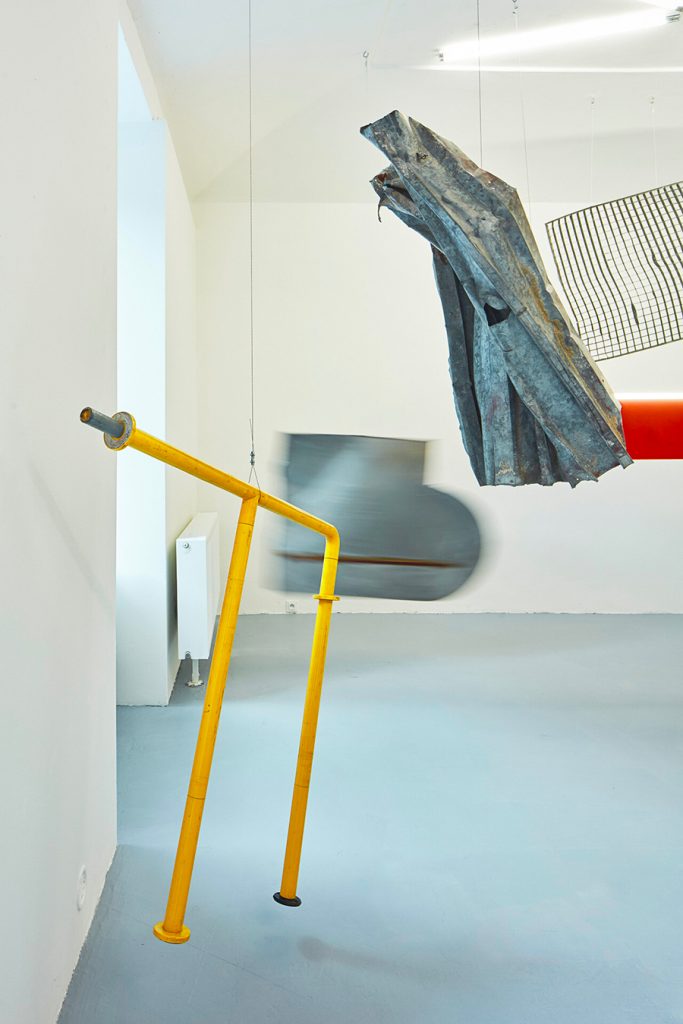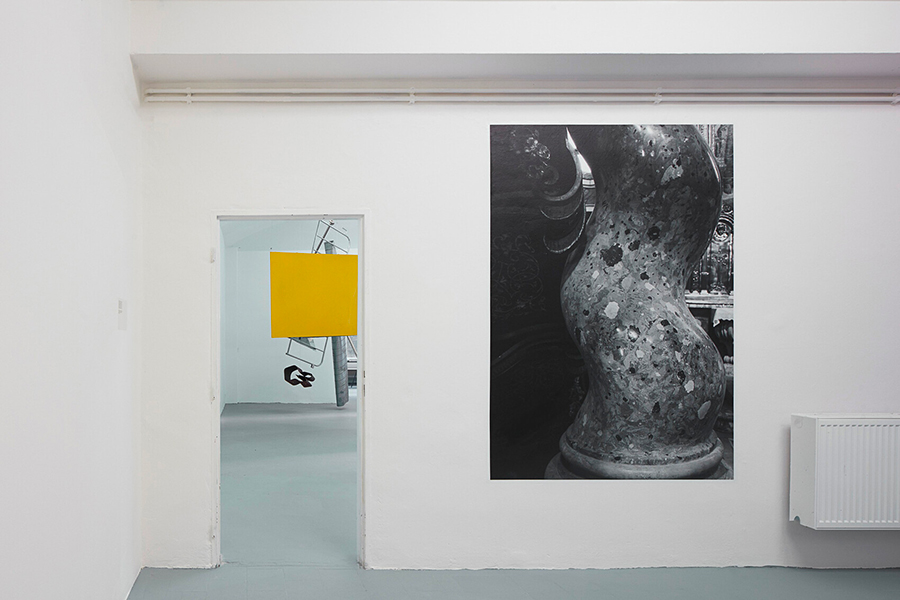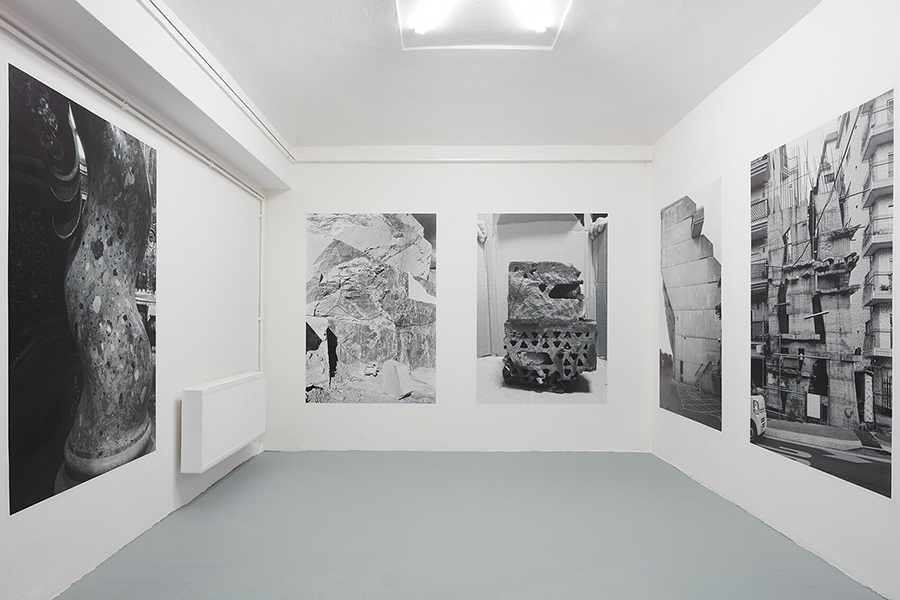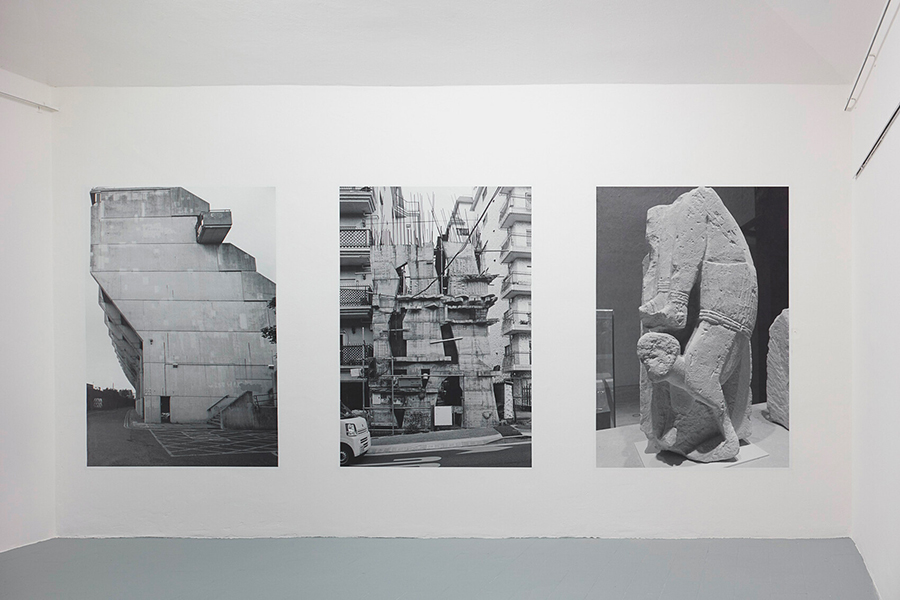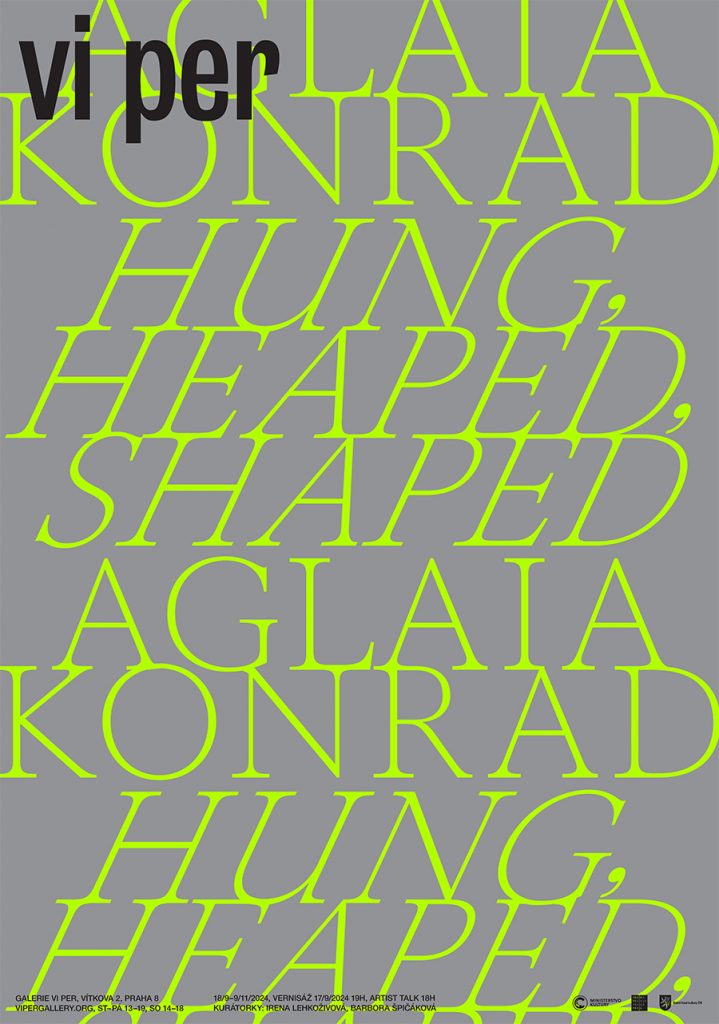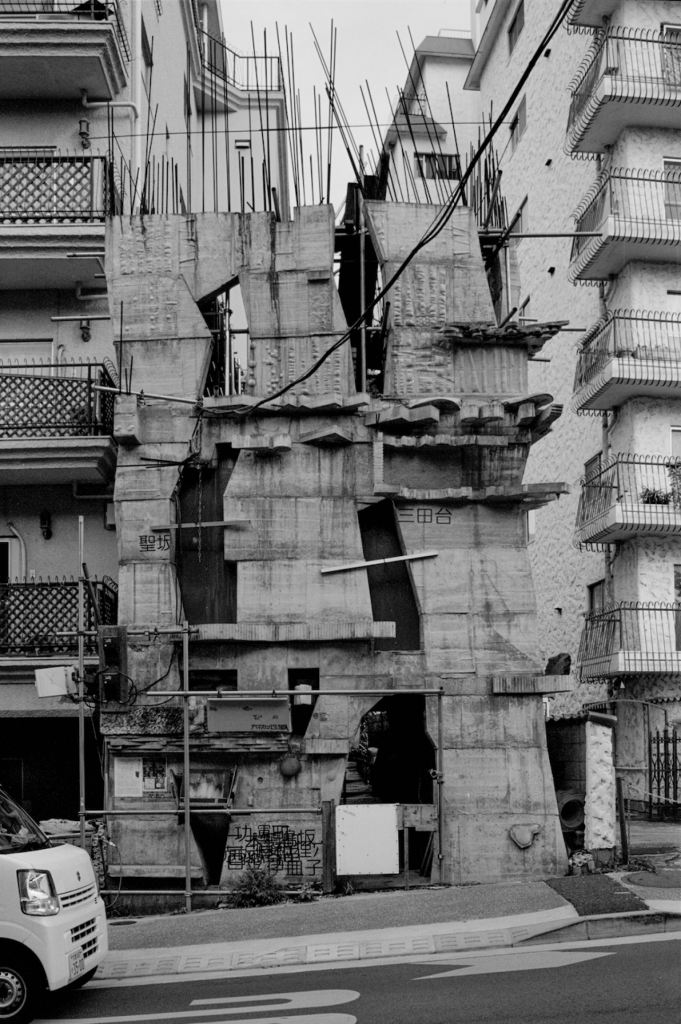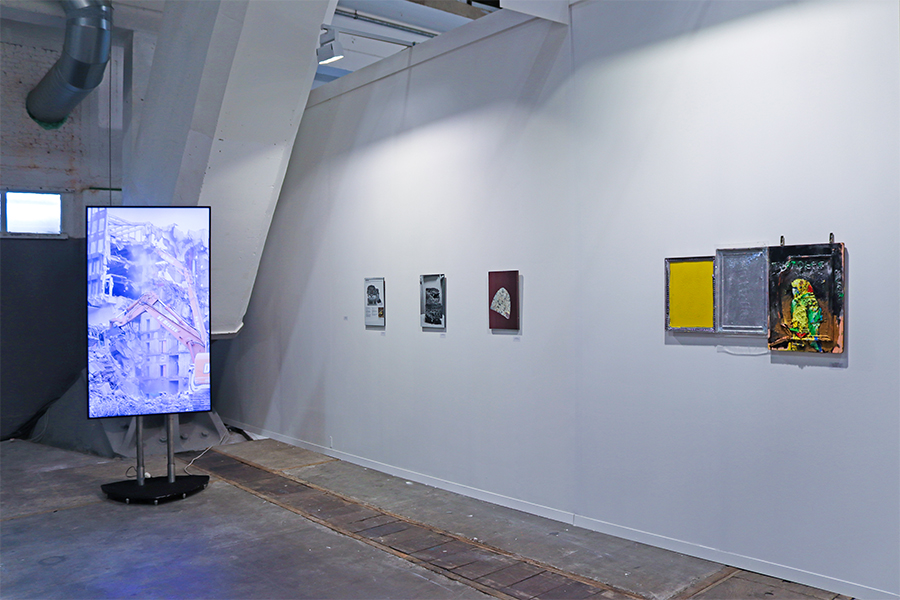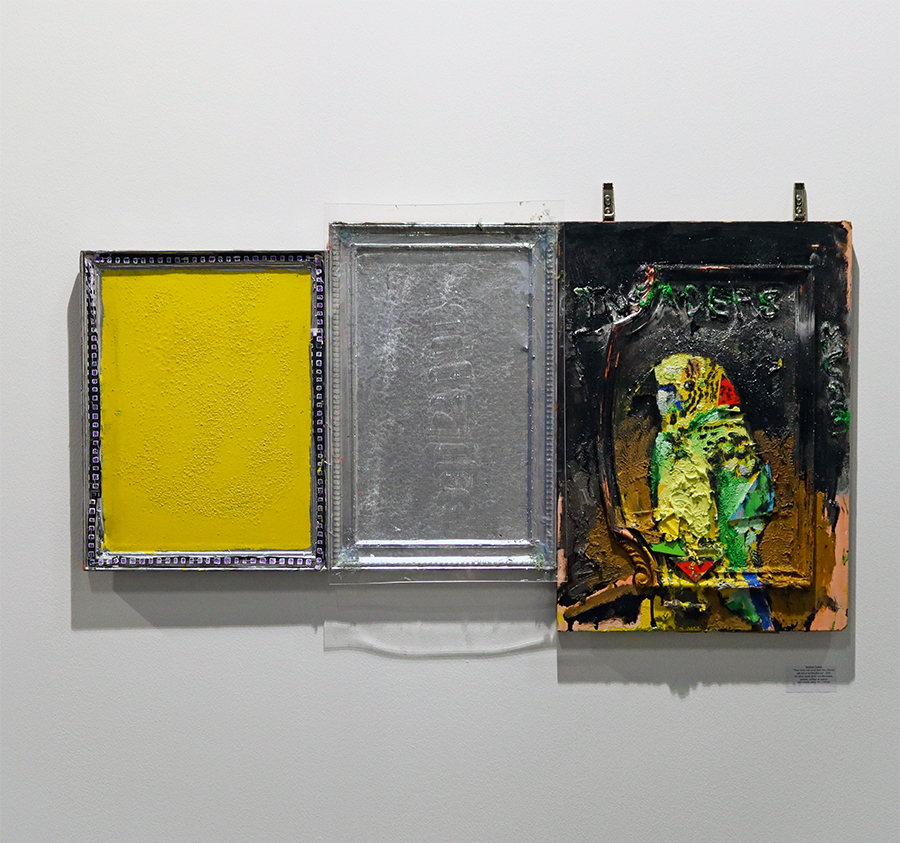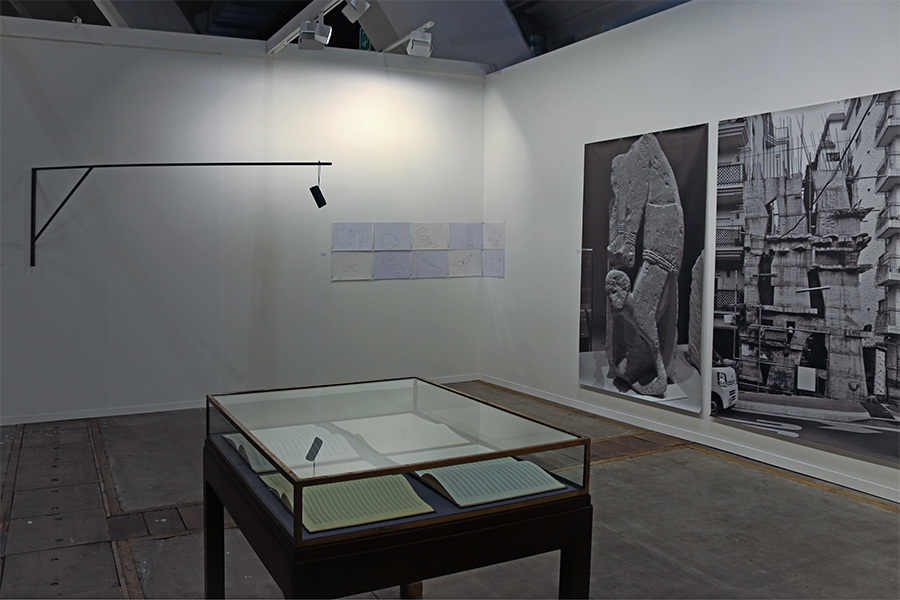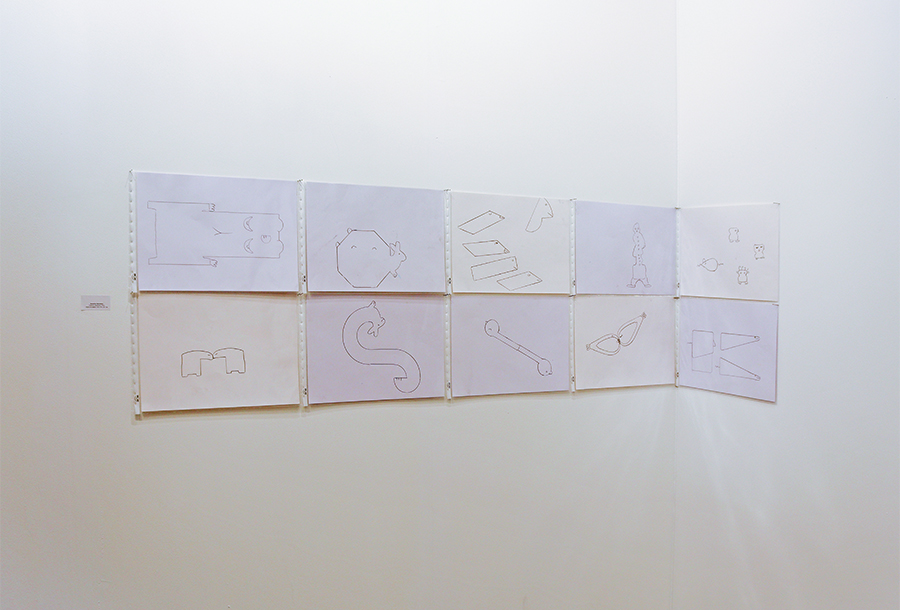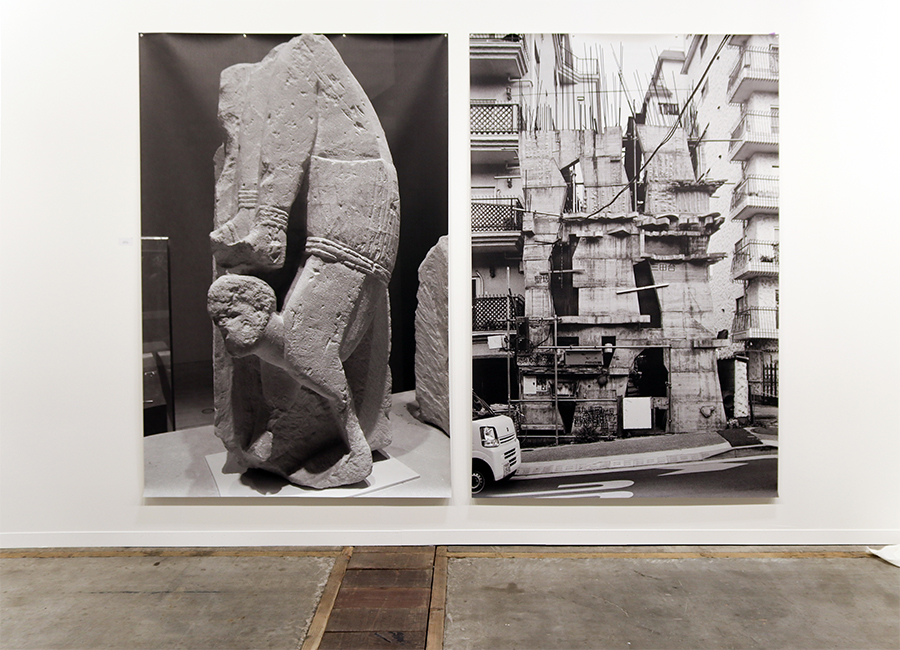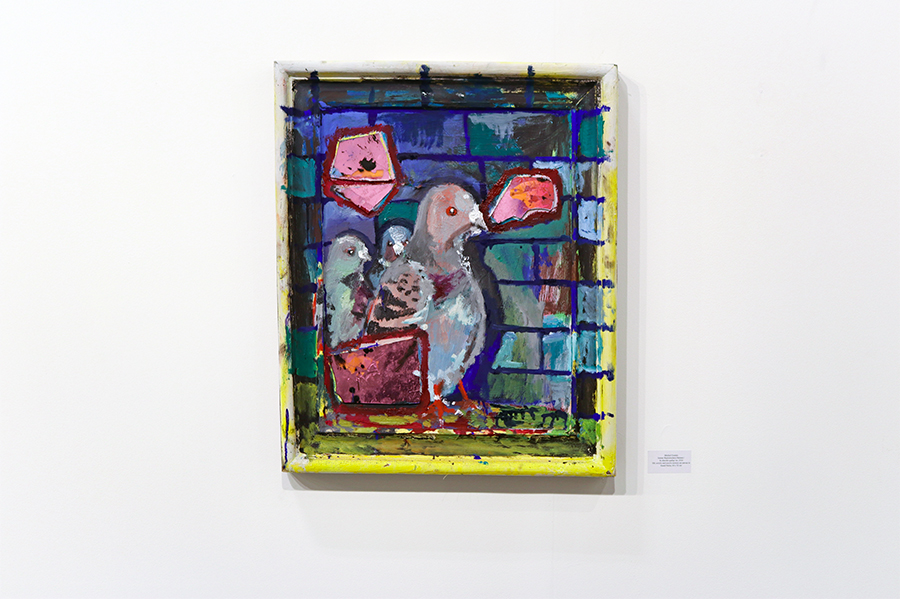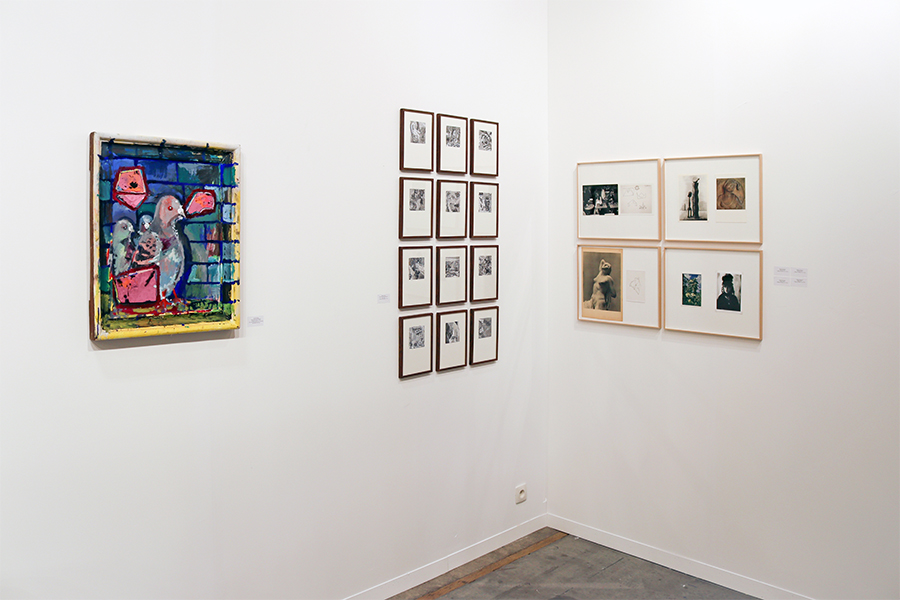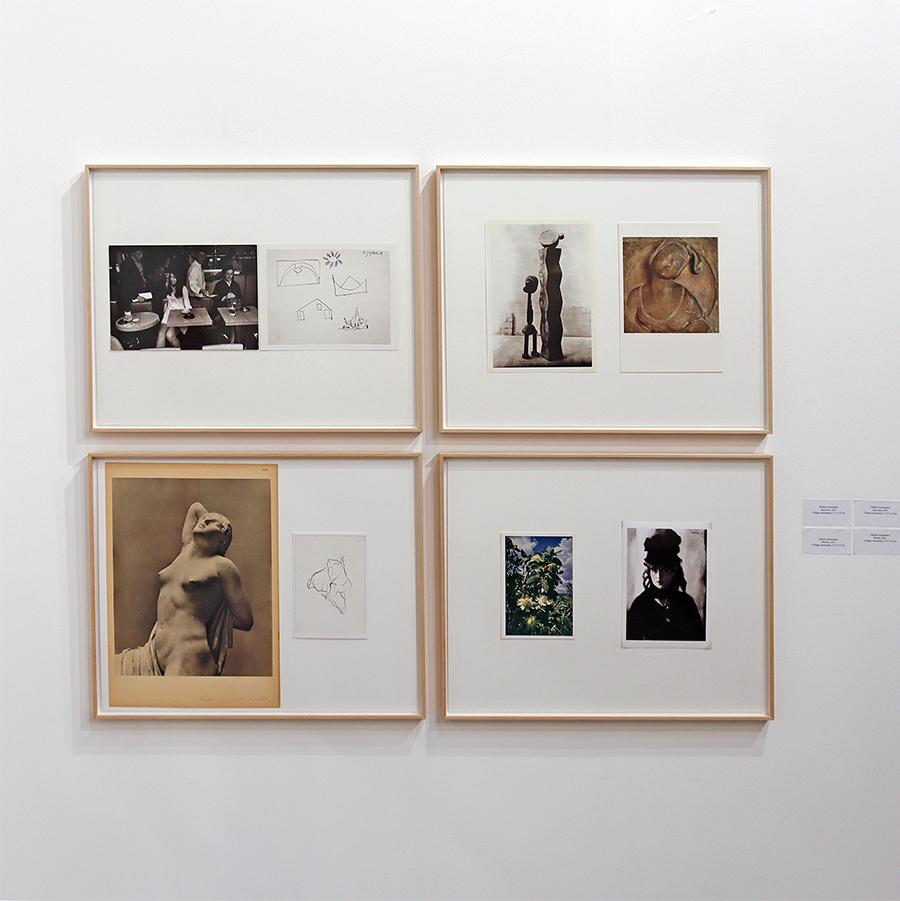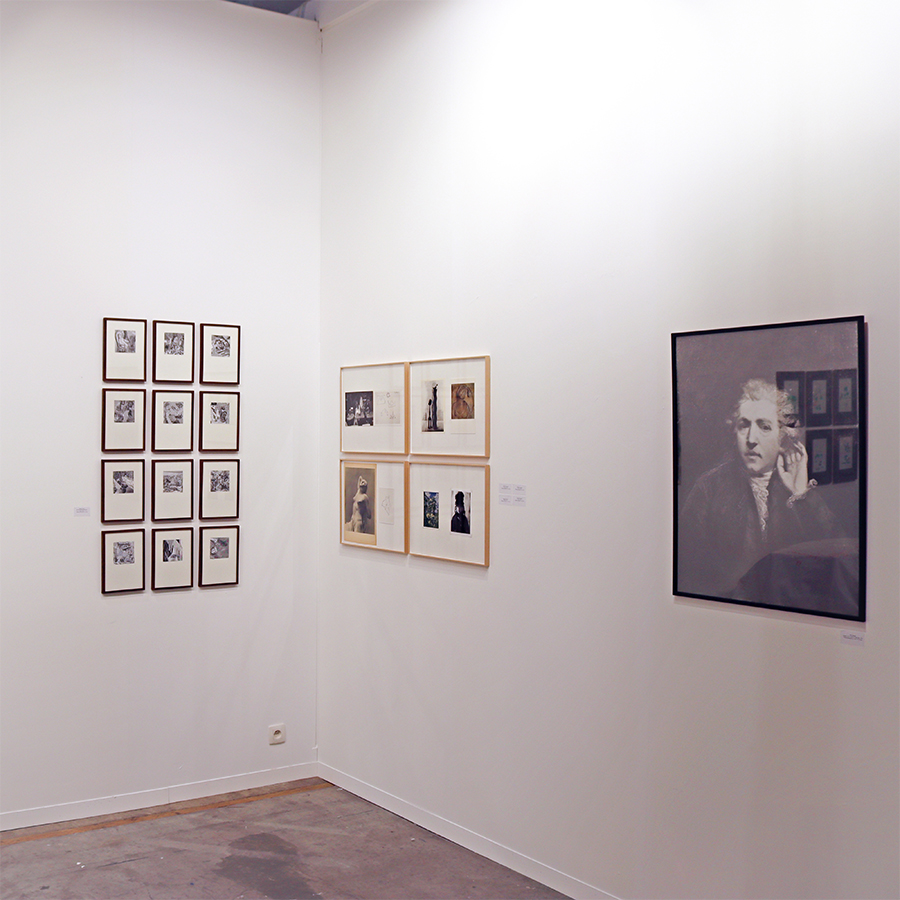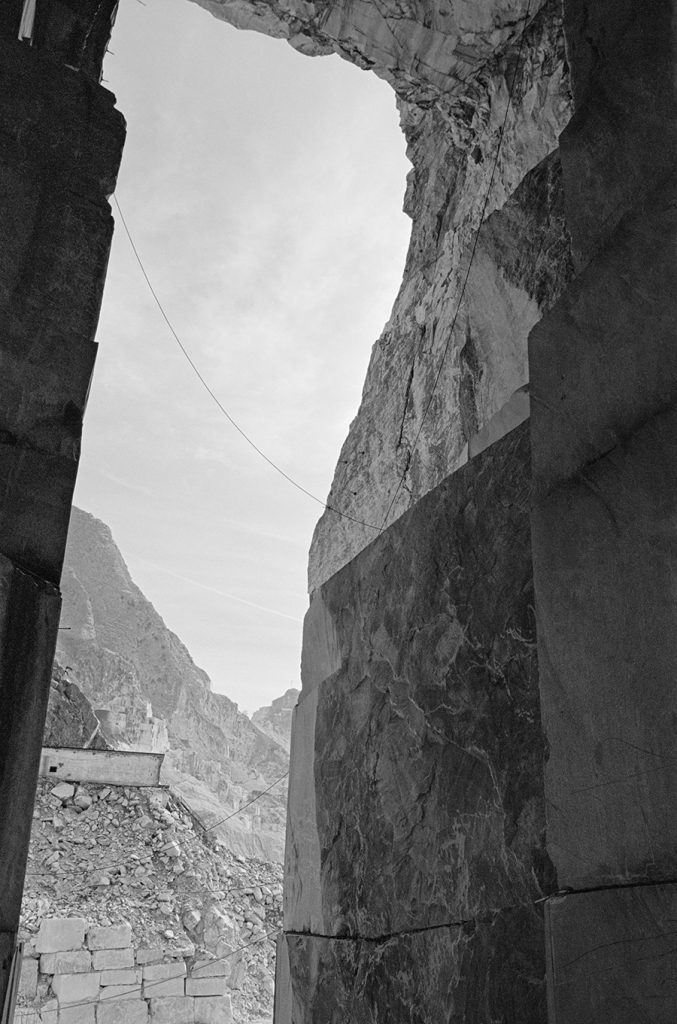
digital print on paper, 200 x 134 cm, pasted onto the wall
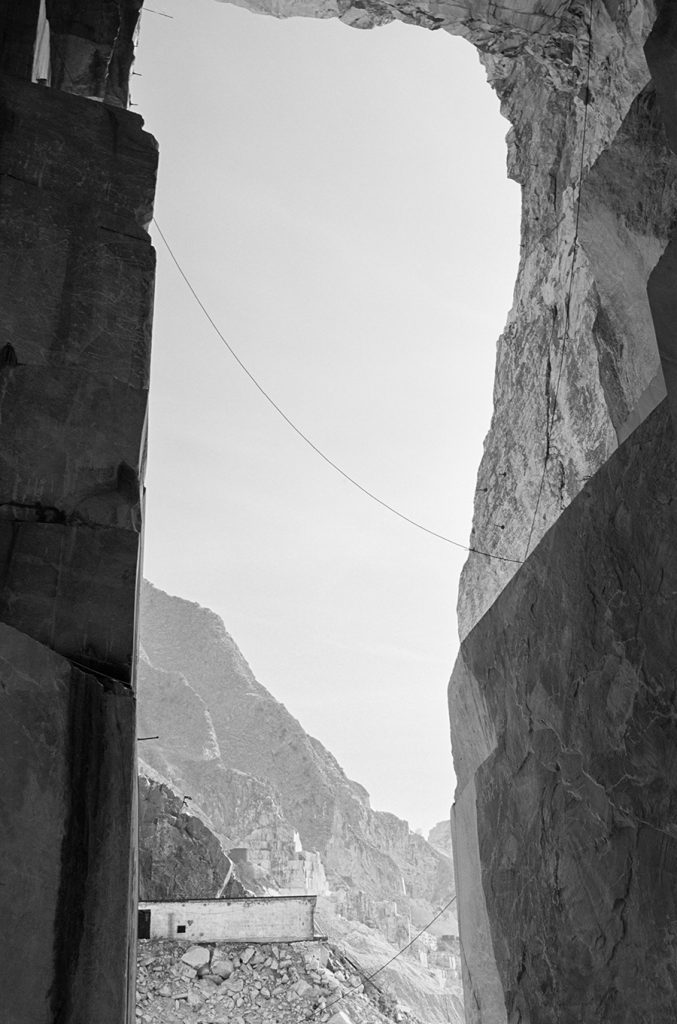
digital print on paper, 200 x 134 cm, pasted onto the wall
Carrara, 2010/11
Un film et une série de photos consacrés à une carrière de marbre peuvent à première vue sembler atypiques dans l’oeuvre d’Aglaia Konrad. Mais pour l’artiste, la carrière de marbre de Carrare est précisément l’endroit où tout converge : sculpture, architecture, relation au paysage, histoire et actualité, ordre et chaos. De plus, le rapport entre architecture et sculpture n’est nulle part aussi évidente que dans ces carrières. L’histoire de l’architecture et l’histoire de l’art doivent en effet beaucoup au marbre extrait dans cet endroit. Il existe par ailleurs des liens visuels entre la carrière de marbre et l’architecture. Il n’est pas difficile de faire l’association entre les cathédrales et les voûtes découpées sur 30 mètres de haut. Les photos en noir et blanc ou couleurs et le film mettent l’accent sur les qualités sculpturales et abstraites.
Aglaia Konrad compose ici un couple de deux images comme dans sa série Undecided Frames
A propos de Carrara, lire le texte de Angelika Stepken
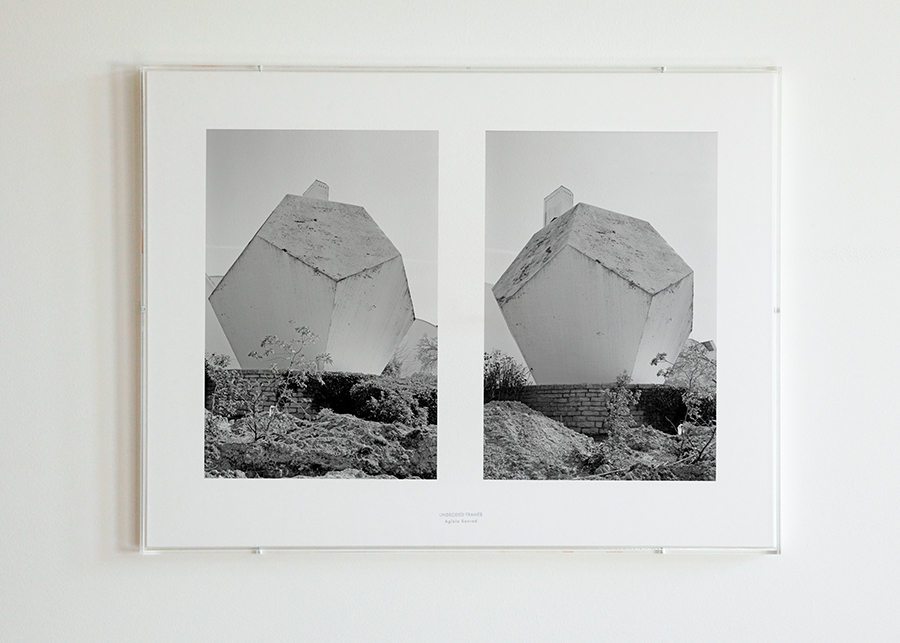
digital prints mounted on archival carton, stamp, plexibox, 41 x 54 x 2 cm, 2012
Undecided Frames
Lorsqu’Aglaia Konrad cadre, elle photographie plusieurs fois le même élément. Les négatifs se ressemblent tous, et les différences entre les photos sont infimes. Pourtant, lors du développement, l’artiste doit faire des choix. Pour Undecided Frames, elle a choisi de ne pas décider et de présenter deux clichés côte à côte. Le public, quant à lui, est dès lors confronté à une subjectivité obligatoirement liée à une sélection et intrinsèque à la photographie. Face à deux photos quasi identiques présentées côte à côte, le spectateur est amené à redoubler d’attention. S’agit-il de deux images différentes ? Leur sujet est-il toujours le même ? Laquelle de ces images est vraie ? Undecided Frames nous confronte donc à notre manière de regarder et à la façon dont la photographie crée une réalité. Le regard ne cesse de passer d’une image à l’autre. À la recherche des différences, et des similitudes.
A propos des Undecided Frames, lire le texte
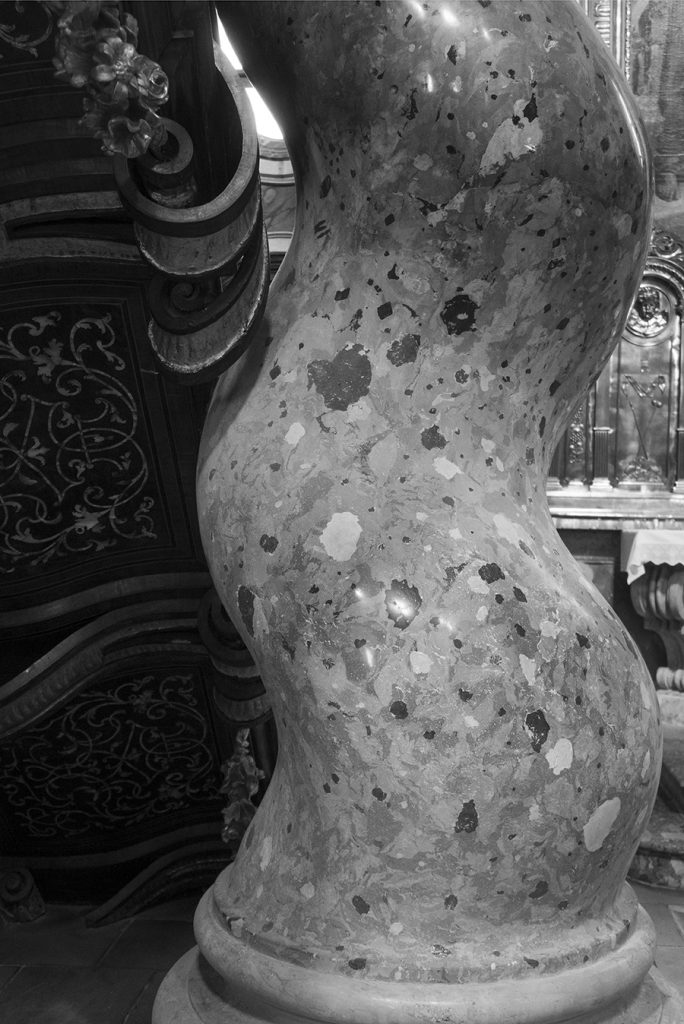
digital print on paper, 220 x 135 cm, 2024
Shaping Stones
In Shaping Stones, Konrad juxtaposes found architecture with authored architecture, and modern with ancient. We see anonymous buildings in Lithuania, Mexico City, Hong Kong, and elsewhere-set alongside buildings by such well-known authors as Bloc, Gillet, Hans Hollein, Parent and Virilio, James Stirling and Fritz Wotruba. And we see as well ancient stone structures- in Avebury, Vienna, or Sardinia-juxtaposed to modern excavations of Carrara. This approach has much in common with that of inter-war modernism, as it forges links between the ancient and the modern, and asserts them through a democratization of the means: black-and-white photography and large-scale printing. The inside-out and back-to front quality of these photos, bath in terms of their indexical and their temporal nature, is shared with all engravings and lithographs, whether etched in metal or indeed drawn on stone. Konrad’s photography plays with notions of « original » and « index, » « nature » and « culture, » with the fact that the original « stone » cannot be dated and with its « social » shaping in the historic present. (…) (Penelope Curtis, From A to K)
A propos de la série Shaping Stones
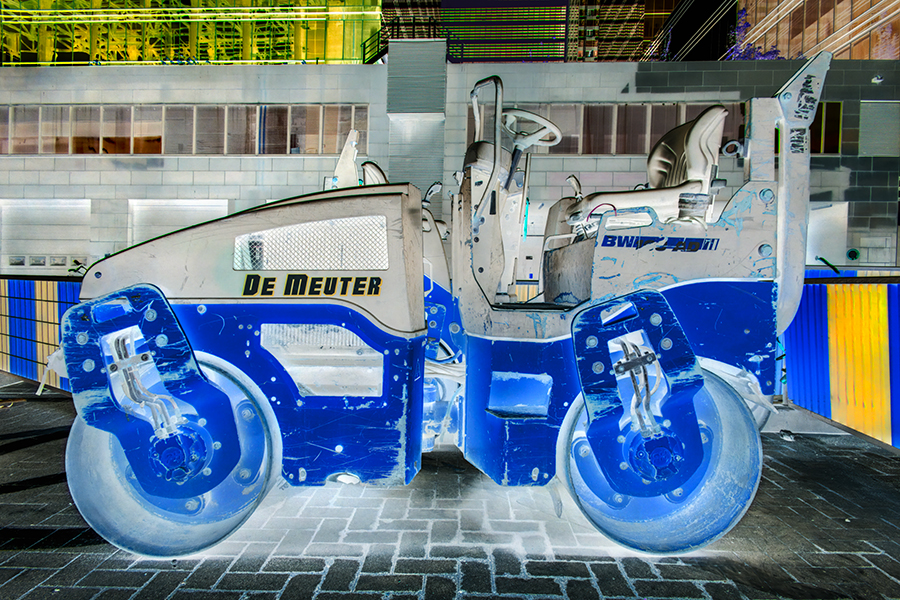
C.A.T
Aglaia Konrad s’intéresse aux processus dits de « Rückbau » (construction à l’envers) qui traitent de la démolition comme un aspect inévitable du progrès. Le « Rückbau » en tant que processus sculptural ou filmique est une approche unique qui permet à l’artiste non seulement d’affirmer la démolition en tant que pratique architecturale étendue, mais aussi d’incorporer les débris physiques en tant que geste sculptural en relation avec l’image. I love Rückbau témoigne de la fascination qu’Aglaia Konrad porte aux engins de chantier.
